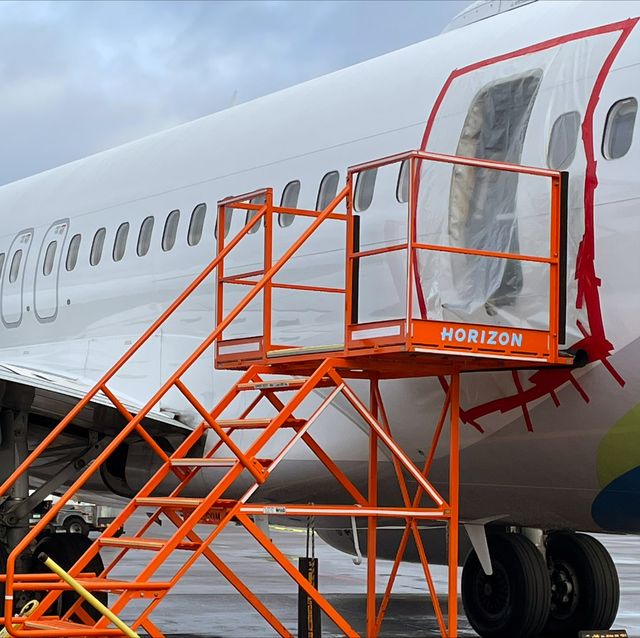Last week, an Alaska Airlines passenger flight was forced to make an emergency landing after a door plug broke off midair.
According to new information, the missing door plug may have been a result of employee negligence during the production process at Boeing’s factory. The Wall Street Journal reported that there were no markings on the door plug, indicating that the bolts meant to secure it were not properly replaced after it was removed during production of the 737 MAX 9.
Sources familiar with the matter have noted lapses in the paperwork and procedures related to Boeing’s work on the door plug at its Renton, Washington factory. This has led to speculation that the bolts were never reinstalled after opening or removing the plug. Such lapses in standard procedures are considered a serious violation in the aviation industry.
The door plug detached just minutes after Alaska Airlines Flight 1282 took off from Portland, Oregon on January 5th. The flight reached an altitude of 16,000 feet when the plug suddenly came loose, causing the cabin to depressurize. The incident resulted in the loss of cell phones and even ripped a child’s shirt off his body. The Federal Aviation Administration (FAA) promptly grounded all Boeing 737 MAX 9 planes the following day.
Alaska Airlines and United Airlines, the two U.S. carriers that fly the MAX 9, were forced to cancel thousands of flights in the aftermath of the incident. With the grounding still in place, the FAA announced that it would not approve any production expansions for the MAX, including the 737-9 MAX. Additionally, the agency requires all 171 grounded MAX 9 jets to undergo a thorough inspection and maintenance process before they can be deemed safe to return to service.
After completing the final inspections on its first group of 737 MAX 9 aircraft, Alaska Airlines resumed service of its MAX 9 fleet last Friday, with a flight from Seattle to San Diego. The airline expects to complete inspections on its remaining aircraft by the end of this week, allowing the remaining flights to resume.
The FAA continues to investigate the incident and has expanded its investigation to include Boeing’s production practices and lines, as well as subcontractor Spirit AeroSystems, which supplies fuselages for the 737 MAX. This latest development is another blow to Boeing, which has already faced significant backlash and financial losses following two deadly crashes involving its 737 MAX planes in 2018 and 2019.
The recent incident and subsequent grounding of the 737 MAX 9 planes have raised concerns and questions about the safety and reliability of Boeing’s aircraft production process. With the investigation ongoing and the full extent of the issue still unknown, it remains to be seen how this will impact the company in the long term.
In the meantime, it is crucial for Boeing and all involved parties to address the identified gaps in safety and procedures to prevent similar incidents from occurring in the future.

